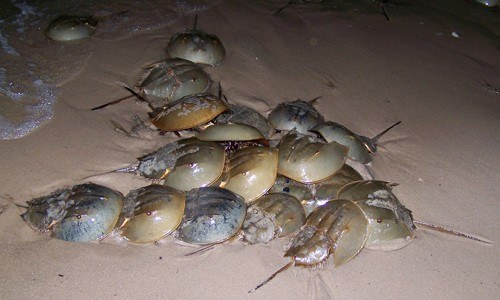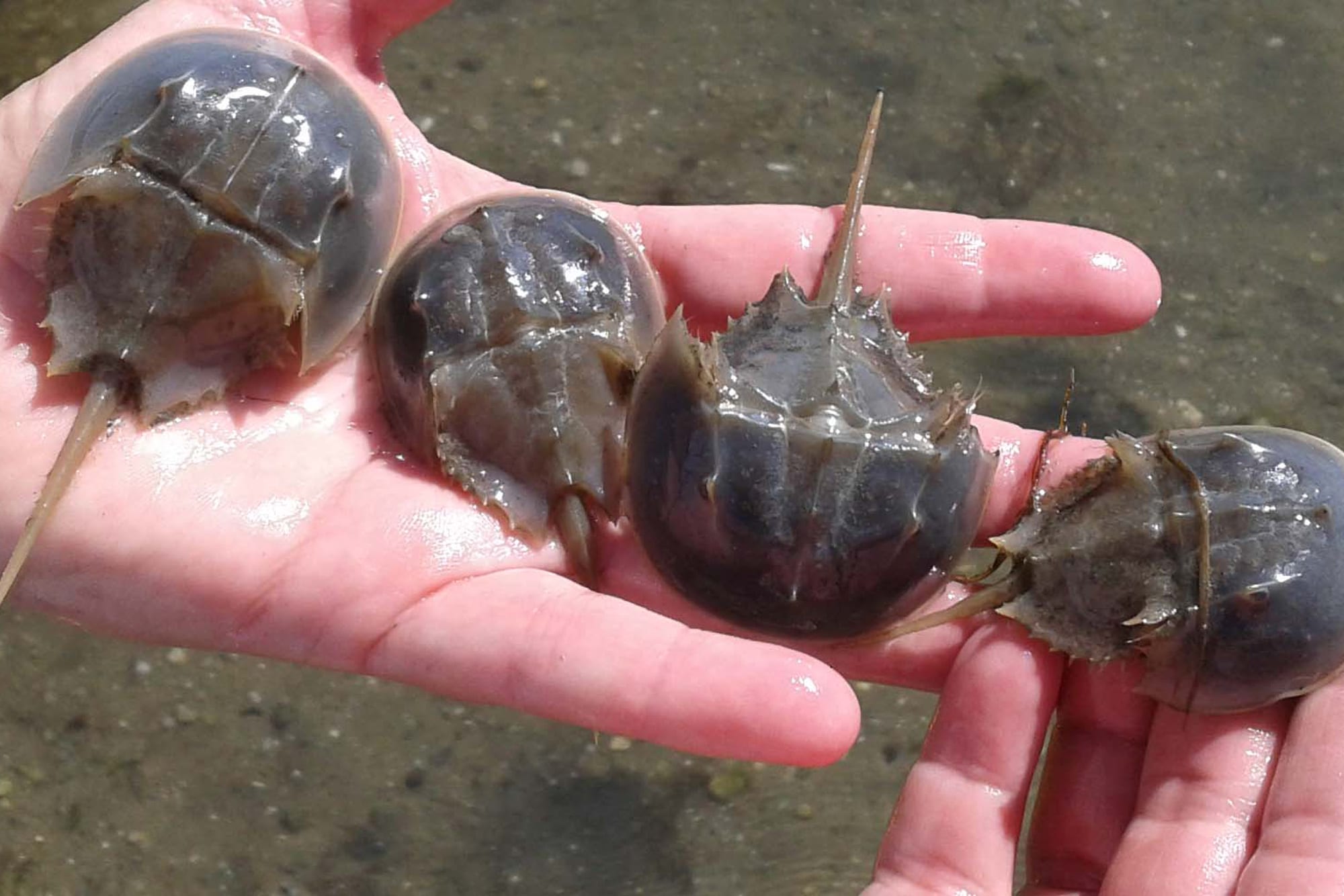仲有呢個
第1隻
Diplomoceras
都係菊石目
第2隻
查唔到
生到彎位點獵槍.....
While most ammonites had shells that wound tightly in a spiral, Diplomoceras was more unusual. The shells starts out straight before making a U-bend, then growing out back the other way before making another U-bend around. The shell then continues growing again until making yet another U-bend and turning back on itself, extending all the way back beyond the extent of the shell before the head opening appears.
The exact reason why Diplomoceras grew such an unusual shell is unknown. One reason could be so that species of Diplomoceras could recognise one another apart from the other species of ammonites that were swimming in the oceans at this time. A more streamlined shell may have also allowed for faster swimming similar to that of earlier orthocones, and may have allowed for a greater chance of predator evasion from the large shell crushing mosasaurs such as Proganthodon and Globidens that were common in the Late Cretaceous seas. This might also explain why Diplomoceras did not appear until the Campanian period of the late Cretaceous.
Whatever the reason why Diplomoceras grew such an unusual shell, the genus was clearly very successful. So far fossils of Diplomoceras have been found very common in Antarctica and Australia, but are also known from the Americas, Europe, Africa and also Japan, which combined with the Australian and Antarctic fossils suggest that Diplomoceras were common across most of the world’s oceans, until finally vanishing in the KT extinction at the end of the Cretaceous.
依隻野蒜蓉清蒸應該幾好味


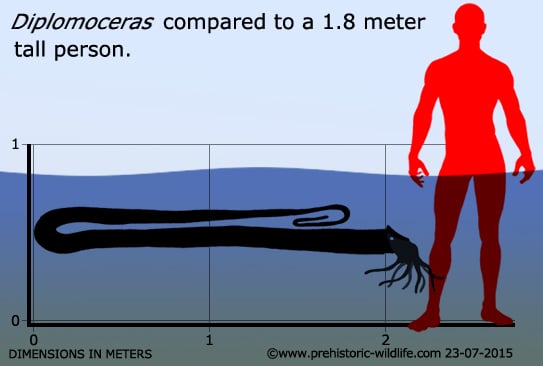

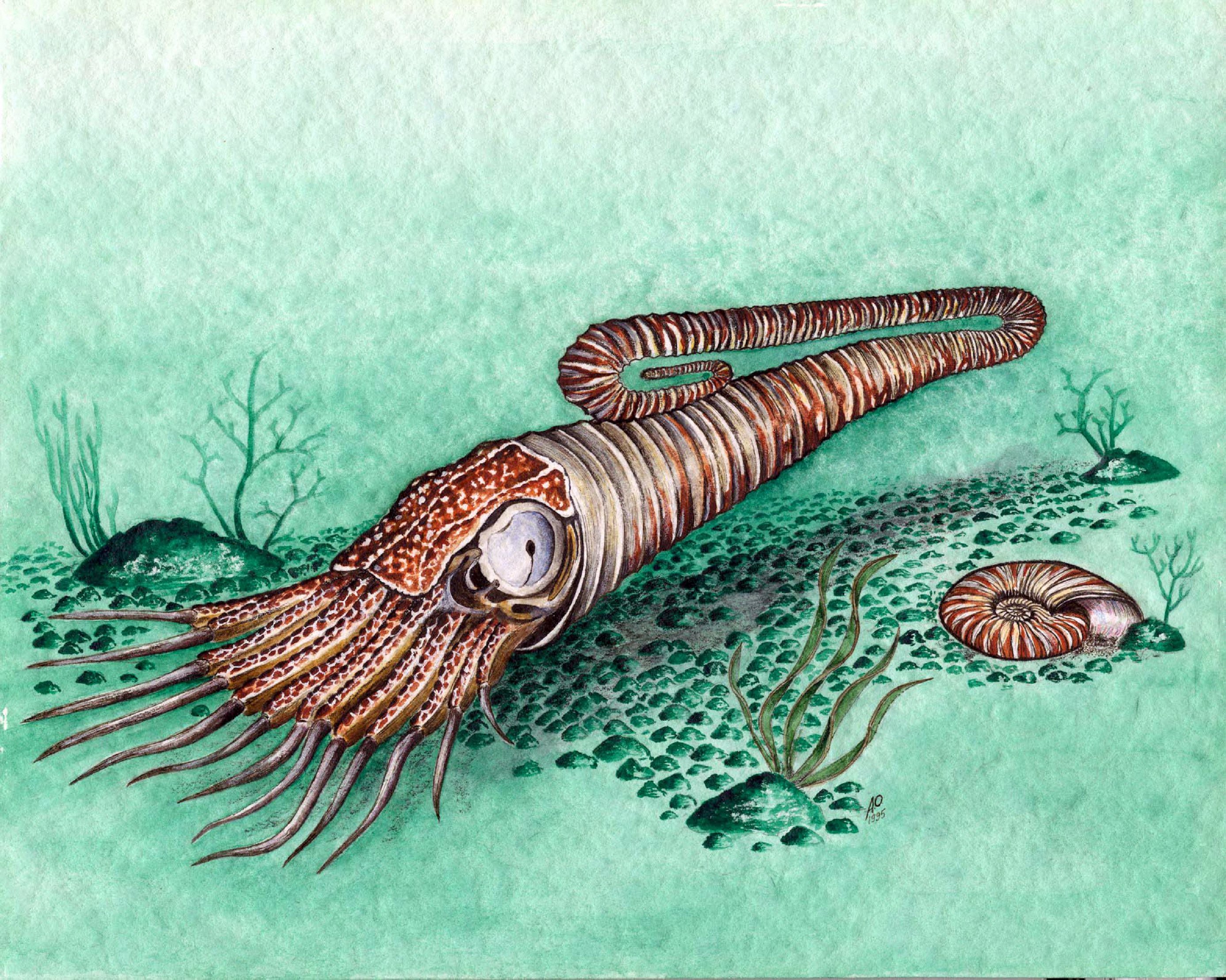
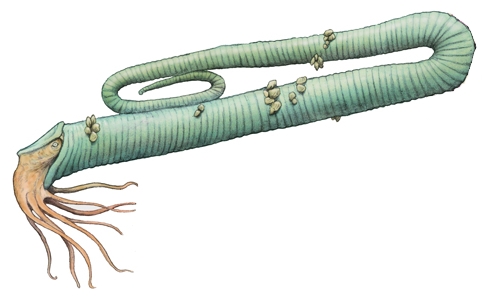


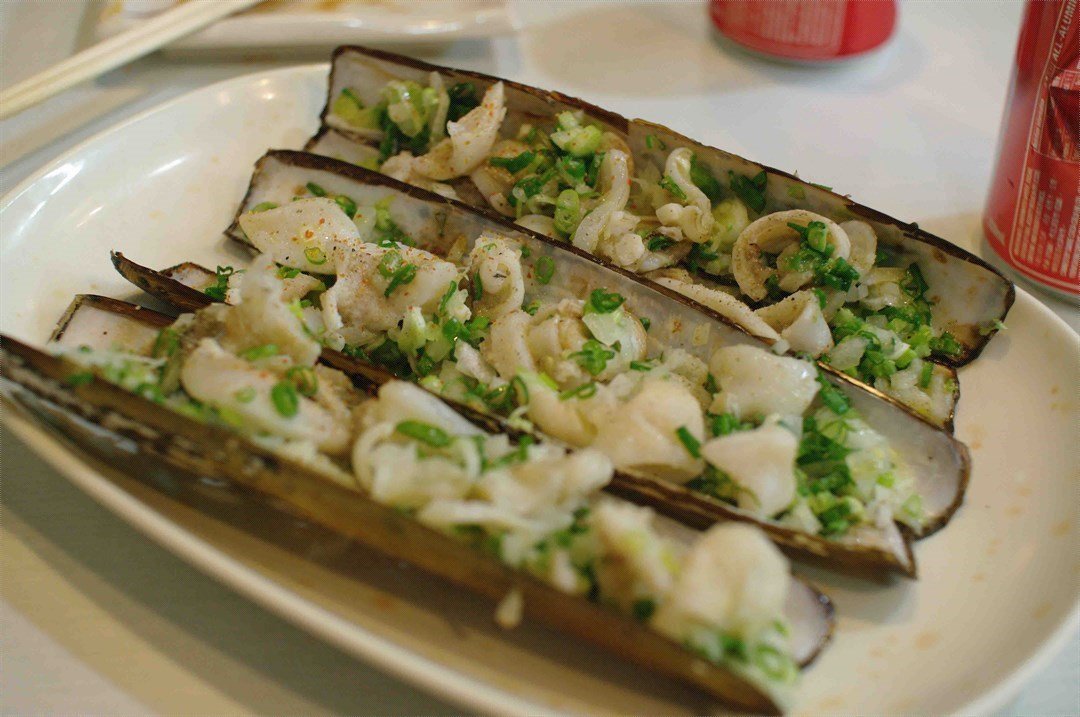


 )
)








